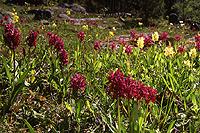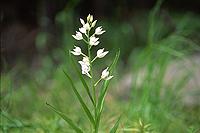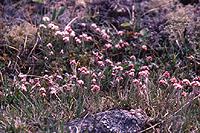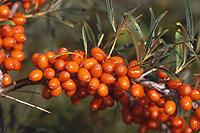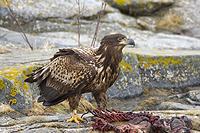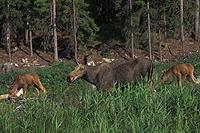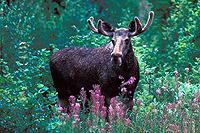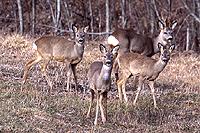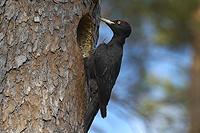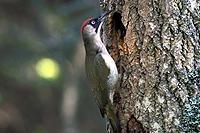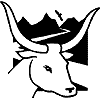Gräsö – Fact and Figures
Facts & Figures
Despite its proximity to Stockholm, Gräsö has always been sparsely populated. The settlement structure of hamlets separated by forest is determined by the local geology.
The villages are located where the land can be cultivated and are sourounded by islands of open landscape. The limits set by geology have made it impossible to introduce large scale 'modern' farming practices and so many features which have disappeared in other parts of Sweden survive here.
Geology
The rock foundation of Gräsö is made up of a pediment which slopes gently eastwards. The highest areas are 25 m over sea level. Perpendicular narrow valleys runs SW-NE and SE-NW through Gräsö. In the shallow valleys there are deposits of postglacial clays, whilst the surrounding areas are characterised by glacially-deposited moraine or bare rock.
The soils are alkaline. The limestone has its origin in the Baltic and was transported here by the glaciers. The cultivated land is concentrated in the valleys while the grazing land and dwellings are situated on the poorer land of the moraines.
Climate
Gräsö is situated in the Baltic Sea and hence has a relatively maritime climate. The springs are relatively cold, the summers are often dry and the autumns long and mild. During the winters the Swedish east coast are often hit by severe snowstorms. The annual precipitation is 600 mm.
Vegetation
The relatively mild climate, the alkaline soils and centuries of traditional agricultural management has created a very species-rich landscape. Four of Gräsö’s ’biotopes’ are listed in the EU Habitats and Species Directive.
These are:
- Sea shores of Baltic Sea type.
- Species-rich dry to moist lowland grasslands of Fennoscandinavian type
- Grasslands partly covered by trees
- Species-rich, forests rich in nutrients with spruce of Fennoscandinavian type.
Flora and fauna
The small scale farming practices, the lime rich soil and the archipelago environment has created a very high biodiversity on Gräsö. As an example the island has the richest butterfly fauna in Sweden with many species threatened by extinction.
Characteristic species for Gräsö and the rest of the archipelago are White-tailed Eagle (Haliaeetus albicilla), Caspian Tern (Hydroprogne caspia), Eider (Somateria mollissima), Common Rosefinch (Carpodacus erythrinus), Red-backed Shrike (Lanius collurio), pool frog (Rana lessonaei), and many orchids.
Elk and roe deer are very common on Gräsö, probably due to the low human population and the mosaic type landscape creating many opportunities to feed.
Woodpeckers such as Black woodpecker (Dryocopus martius) and European Green woodpecker (Picus viridis) are very common and are favoured by the large areas of mixed forests. Old aspens (Populus tremula), very popular as nesting trees, are also common on the island.
Otters are beginning to colonise Roslagen again.
Agriculture
The farming on Gräsö has been through major changes during the last 20 years. 1990 there were 12 active farms with cattle on the island; today only four remain. The farmers who ceased farming typically had 5-10 dairy cows. Today the farms mostly have herds of 60-80 suckler cows. Combining meat production with nature conservation is the new direction for farming businesses on Gräsö.
© Photos Gräsö: Sven-Olov Borgegård, Maria Hoflin, Ola Jennersten, Upplandsstiftelsen


